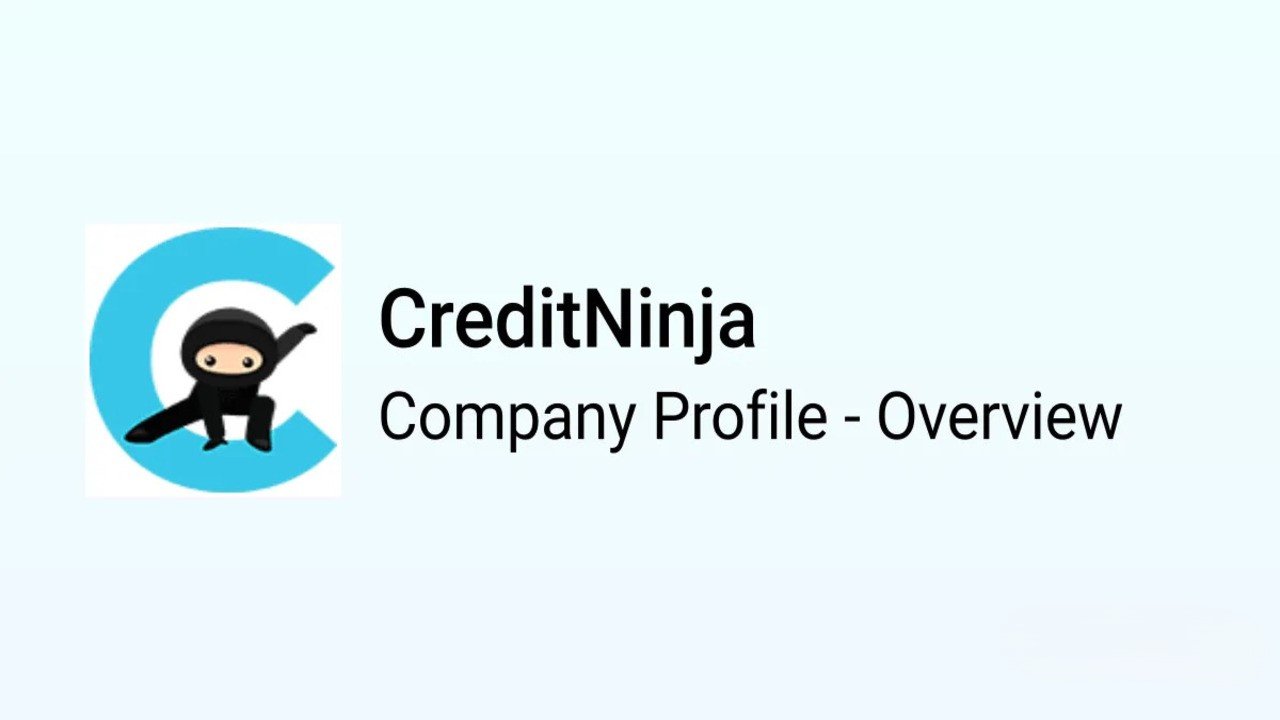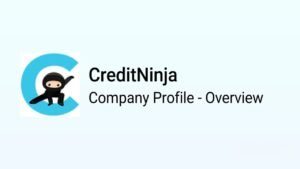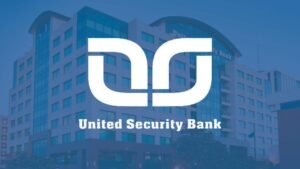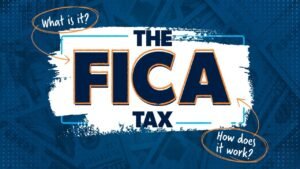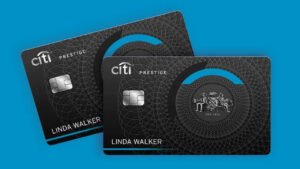Small Business Loans Fast Approval & Low Interest Rates.
In 2025, Small Business Loans remain the backbone of the global economy, driving innovation, creating jobs, and fueling local communities. However, accessing capital remains a critical challenge for small business owners, particularly for startups and those in underserved markets.
Thank you for reading this post, don't forget to subscribe!Small business loans provide a lifeline, enabling entrepreneurs to launch, expand, or stabilize operations. With the financial landscape evolving—marked by rising interest rates, technological advancements, and new lending models like blockchain-based financing—this article explores the state of Small business loans in 2025.
We cover types of loans, eligibility criteria, application processes, and emerging trends, offering a comprehensive guide for entrepreneurs navigating this dynamic ecosystem.
https://www.youtube.com/watch?v=RsLSJEB3ASQ
The Landscape of Small Business Financing in 2025
Small businesses, typically defined as enterprises with fewer than 500 employees, face unique financial hurdles. According to the U.S. Small Business Administration (SBA), 99.9% of U.S. businesses are small, contributing 44% to GDP.
Yet, 43% of small businesses report difficulty accessing capital, per a 2024 Federal Reserve survey. Rising costs—housing up 15% and food 12% since 2022—combined with interest rates at 5-6% strain cash flow.
Meanwhile, innovations like decentralized finance (DeFi), AI-driven lending, and relaxed regulations under the U.S.’s pro-business policies in 2025 are expanding opportunities. Understanding the loan landscape is crucial for entrepreneurs to secure funding effectively.
Types of Small Business Loans
1. SBA Loans
SBA loans, backed by the U.S. government, are a cornerstone for small businesses. In 2025, the SBA’s 7(a) and 504 programs remain popular:
-
SBA 7(a) Loans: Up to $5 million for working capital, equipment, or expansion. Interest rates range from 7-9%, with terms up to 25 years for real estate or 7 years for working capital.
-
SBA 504 Loans: Designed for fixed assets like real estate or machinery, offering up to $5.5 million at 4-6% fixed rates for 10-20 years.
Pros: Low rates, long terms, and government backing make them accessible. Cons: Lengthy applications and strict eligibility (e.g., 600+ credit score, 2+ years in business) deter some applicants.
In 2025, the SBA has streamlined applications via digital portals, reducing approval times to 10-14 days.
2. Traditional Bank Loans
Banks like Chase and Wells Fargo offer term loans and lines of credit:
-
Term Loans: $10,000-$1 million for specific needs, with 6-8% rates and 3-7 year terms.
-
Lines of Credit: Flexible funding up to $500,000, with variable rates (7-10%) for short-term needs.
Pros: Competitive rates for established businesses. Cons: High credit requirements (680+) and collateral needs exclude newer or riskier ventures.
Banks in 2025 use AI to assess creditworthiness, speeding approvals but favoring data-driven metrics over narrative-based applications.
3. Online and Alternative Lenders
Online platforms like Kabbage and OnDeck have surged in popularity:
-
Short-Term Loans: $5,000-$250,000 with 10-20% APRs, repaid in 6-18 months.
-
Merchant Cash Advances: Advances based on future sales, repaid via daily revenue percentages, with factor rates of 1.1-1.5 (equivalent to 20-50% APR).
Pros: Fast approvals (24-48 hours) and lenient eligibility (500+ credit score, 6+ months in business). Cons: High costs and frequent repayments strain cash flow.
In 2025, platforms like Fundbox integrate blockchain for transparent loan terms, reducing fraud risks.
4. Microloans
Microloans, typically under $50,000, target startups and underserved entrepreneurs:
-
SBA Microloan Program: Up to $50,000 at 8-13% interest, with 6-year terms, often through nonprofits.
-
Nonprofit Lenders: Organizations like Accion Opportunity Fund offer $5,000-$100,000 for minority- or women-owned businesses.
Pros: Accessible for new businesses or those with lower credit (550+). Cons: Limited amounts and regional availability.
In 2025, microloan programs have expanded, with $1 billion allocated to underserved communities under new U.S. policies.
5. DeFi and Blockchain-Based Loans
Decentralized finance (DeFi) platforms like Aave and Compound offer crypto-backed loans:
-
Crypto-Collateralized Loans: Borrow fiat or stablecoins (e.g., USDC) by staking crypto assets like Ethereum. Loan-to-value ratios are 50-70%, with 5-10% APRs.
-
Smart Contract Lending: Automated loans via blockchain, with terms encoded in smart contracts, ensuring transparency.
Pros: No credit checks, instant approvals, and global access. Cons: Crypto volatility risks and technical complexity.
In 2025, DeFi lending has grown to $10 billion globally, with platforms like MakerDAO offering stablecoin loans to small businesses in developing economies.
6. Crowdfunding and Peer-to-Peer (P2P) Lending
Platforms like Kickstarter (equity crowdfunding) and LendingClub (P2P) provide alternatives:
-
Crowdfunding: Raise $5,000-$500,000 by offering equity or rewards. Ideal for consumer-facing businesses.
-
P2P Loans: $5,000-$40,000 from individual investors, with 7-15% APRs and 3-5 year terms.
Pros: Accessible for startups with no credit history. Cons: High fees (5-10% for crowdfunding) and variable investor interest.
In 2025, blockchain-based crowdfunding platforms like StartEngine use tokenized equity, increasing liquidity for investors.
Eligibility and Application Process
Eligibility Criteria
Requirements vary by lender but typically include:
-
Credit Score: 600+ for SBA/bank loans, 500+ for online lenders, none for DeFi.
-
Time in Business: 1-2 years for most loans, 6 months for online lenders.
-
Revenue: $50,000-$100,000 annually for banks, less for microloans or DeFi.
-
Collateral: Required for SBA/bank loans (e.g., real estate), optional for others.
-
Business Plan: Essential for SBA loans, less critical for online lenders.
In 2025, AI-driven platforms lower barriers by analyzing alternative data (e.g., cash flow, social media activity) for credit decisions.
Application Process
-
Prepare Documentation: Gather financial statements, tax returns, business plans, and IDs. Digital platforms like BlueVine allow e-uploads, reducing paperwork.
-
Compare Lenders: Use tools like Lendio to compare rates and terms across lenders.
-
Apply: Submit applications online (10-20 minutes for online lenders, 1-2 weeks for SBA). DeFi loans require crypto wallet setup and collateral staking.
-
Approval and Funding: Banks take 2-4 weeks, online lenders 1-3 days, DeFi instant. Funds are disbursed to bank accounts or digital wallets.
In 2025, blockchain verification speeds up approvals by validating financial data securely.
Benefits of Small Business Loans
-
Growth Opportunities: Fund expansion, inventory, or marketing, increasing revenue. A $50,000 loan can boost annual sales by 20%, per SBA data.
-
Cash Flow Management: Cover operational costs during slow periods, preventing layoffs or closures.
-
Credit Building: Timely repayments improve business credit scores, unlocking better terms in the future.
-
Accessibility: Diverse options (microloans, DeFi) cater to startups and underserved groups.
Challenges and Risks
High Interest Rates
Online lenders and merchant cash advances carry high costs (20-50% APR), straining cash flow. For example, a $20,000 advance at a 1.4 factor rate requires $28,000 repayment, challenging for low-margin businesses.
Collateral and Personal Guarantees
SBA and bank loans often require collateral or personal guarantees, risking personal assets if the business fails. In 2025, 30% of small business owners cite this as a barrier, per the Federal Reserve.
Regulatory Uncertainty
DeFi loans face evolving regulations. The U.S.’s pro-crypto policies in 2025 reduce barriers, but global inconsistencies (e.g., EU’s MiCA vs. India’s crypto tax) complicate cross-border lending.
Debt Overload
Overborrowing can lead to insolvency. A 2024 survey found 25% of small businesses struggled with loan repayments due to poor cash flow planning.
Emerging Trends in 2025
AI-Driven Lending
AI platforms like Upstart analyze thousands of data points—bank transactions, online reviews—to assess creditworthiness, approving 20% more loans for startups than traditional models.
Blockchain and DeFi
Tokenized loans and smart contracts streamline lending. In 2025, $2 billion in small business loans are issued via DeFi, with platforms like Aave offering instant funding without intermediaries.
Green Financing
SBA and private lenders prioritize eco-friendly businesses. Green loans, with 1-2% lower rates, support sustainable practices, like solar panel installation for small retailers.
Expanded Microloans
Government and nonprofit programs have doubled microloan funding to $2 billion in 2025, targeting women- and minority-owned businesses, per SBA reports.
Case Studies
Maria’s Bakery
Maria, a Chicago baker, secured a $30,000 SBA microloan in 2025 to buy equipment. The 8% interest, 6-year term loan increased her production capacity, boosting revenue by 25% ($15,000 annually).
Raj’s Tech Startup
Raj, a freelancer, used a $10,000 DeFi loan from Compound, staking Ethereum as collateral. The 6% APR loan funded his app development, repaid in 12 months via smart contracts, avoiding bank fees.
Best Practices for Securing and Managing Loans
-
Assess Needs: Borrow only what’s necessary, projecting cash flow to ensure repayment. Use tools like QuickBooks for forecasting.
-
Compare Options: Shop for the lowest rates and best terms using platforms like NerdWallet.
-
Build Credit: Pay existing debts on time to qualify for better rates. A 50-point credit score increase can save 1-2% on interest.
-
Leverage Technology: Use blockchain platforms for transparency and AI tools for faster approvals.
-
Plan Repayments: Allocate 10-15% of revenue to loan repayments to avoid default.
-
Seek Advice: Consult SBA counselors or nonprofit advisors (e.g., SCORE) for free guidance.
Regulatory Landscape in 2025
The U.S.’s pro-business stance, marked by President Trump’s January 2025 executive order, relaxes crypto and lending regulations, boosting DeFi and online lending. The SEC’s new leadership supports tokenized loans, but compliance remains critical.
Globally, the EU’s MiCA framework standardizes crypto lending, while developing nations lag, limiting DeFi access. Businesses must stay informed via platforms like X for regulatory updates.
Choosing the Right Loan
-
Startups: Opt for microloans or crowdfunding for low requirements.
-
Established Businesses: SBA or bank loans offer lower rates for growth.
-
Tech-Savvy Entrepreneurs: DeFi loans provide speed and flexibility.
-
Underserved Owners: Nonprofit lenders prioritize inclusivity.
The Future of Small Business Loans
By 2030, DeFi and AI will dominate lending, with 30% of small business loans issued via Blockchain, per BlackRock projections.
Tokenized assets will enable fractional lending, and green financing will grow as ESG priorities rise. Small businesses must adapt to these trends to access capital efficiently.
Conclusion
Small business loans in 2025 offer diverse options for entrepreneurs, from traditional SBA loans to innovative DeFi platforms. While challenges like high interest rates and regulatory uncertainty persist, technological advancements and supportive policies are expanding access.
By carefully assessing needs, comparing lenders, and leveraging tools like AI and blockchain, small business owners can secure funding to grow and thrive. With discipline and strategic planning, loans can be a powerful tool for building a sustainable, successful business in an evolving financial landscape.

